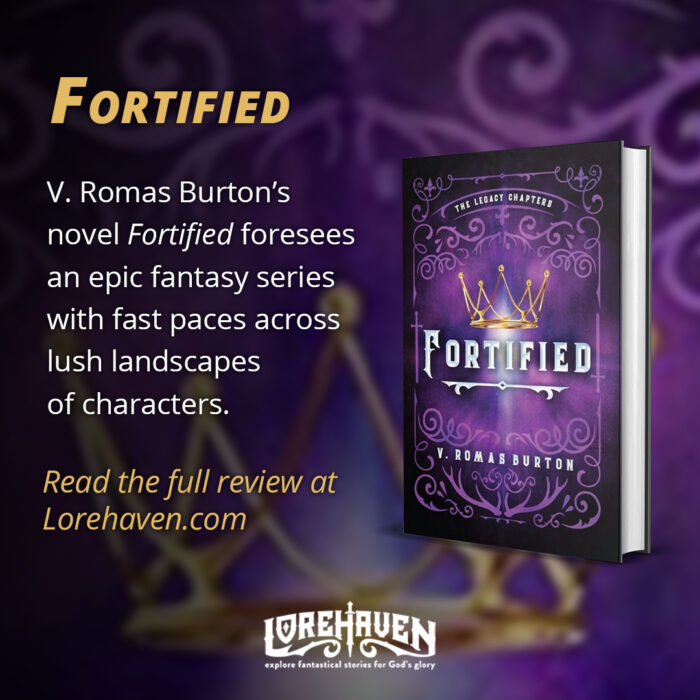
Fairest Son
The Fair and Foul courts of the fey folk have long yearned for one to bring them together in peace, but hopes are dashed when the fairest prince and the prophecy concerning him are laid to ruin. Burdened with shame and sorrow, the prince flees to the cold mountains far above the forests and lochs with nothing but animals and goblins for company.
When a human huntress stumbles upon him in her search for a legendary predator, their fates are intertwined. But she hides deadly secrets, and if he dares to trust her, he may risk the doom of both courts to an ancient evil.
































Have you read Fairest Son ? Share your own review.